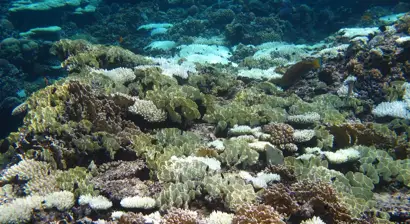Bleach Watch Egypt Sep. 2024
his research examines coral bleaching in the Egyptian Red Sea, driven by climate change. Led by Prof. Mahmoud H. Hanafy and Dr. Mohamed Salem, the study highlights the impact of rising sea temperatures on coral ecosystems. It explores the resilience of Egyptian corals compared to global counterparts, the geographical extent of bleaching, recovery rates, and the ecological and economic importance of coral reefs in the Red Sea.
















 ( 0 KB )
( 0 KB )



 - frame at 0m12s_lg.webp)


